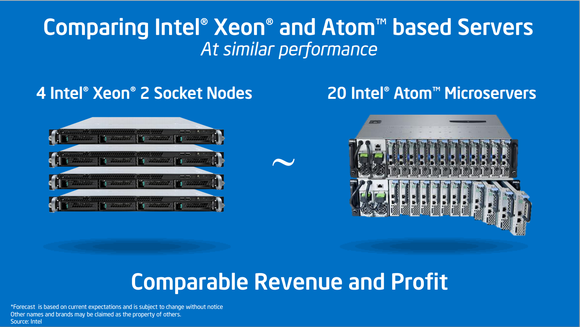Filed under: Investing
Although we don't believe in timing the market or panicking over daily movements, we do like to keep an eye on market changes -- just in case they're material to our investing thesis.
January produced the worst stock market performance since May 2012 and February has not gotten off to an auspicious start, as the benchmark S&P 500 index lost 2.3% on Monday, while the narrower Dow Jones Industrial Average fell 2.1%. Small-capitalization issues -- which outperformed their large-cap brethren last year -- fared even worse, as the Russell 2000 Index posted a 3.2% drop.
Meanwhile, the "fear trade" was a winner today, as the SPDR Gold Shares rose 1%. The VIX , a measure of investor expectations for stock market volatility over the next 30 days that is known as "Wall Street's fear gauge." gained 16.5%, to close above 20 for the first time since December 2012.
For the S&P 500, today's decline was the worst since a 2.5% loss registered on June 20, 2011. At the time, Bloomberg explained that "global equities tumbled after the Federal Reserve said it may phase out stimulus and China's cash crunch worsened." Today, Bloomberg highlights "data from China to the U.S. [signaling] a slowdown in manufacturing" as the precipitating factor. The U.S. manufacturing ISM index dropped sharply to 51.3 in January, suggesting a slowdown in manufacturing output (a reading above 50 indicates growth).
Bloomberg's explanation may be true, as far as it goes; however, as the Financial Times' Robin Harding pointed out, "the ISM's weakness was most likely due to freezing weather in January -- so it is not sufficient evidence to declare a new U.S. slowdown" before adding that [my emphasis] "it was enough to rock markets that have become blasé about economic risks."
Which gets us to the core of the matter: Slowing manufacturing is not the underlying cause of today's stock market decline, it is simply a catalyst. Instead, it looks to me as if we may we witnessing the first results of a collision between two (related) factors:
- Stock market values that became overextended after a 30% run-up in the S&P 500 in 2013.
- A market that is rediscovering risk (i.e., normalizing) as the Federal Reserve begins to slow the extraordinary stimulus it has been providing asset markets through its bond purchase program.
Is this cause for concern? Not for genuine, prudent investors -- those who are neither leveraged, nor short-term-oriented. After all, volatility is a normal characteristic of the stock market. Since 1957, the S&P 500 has experienced a 10% correction nearly every one and a half years, on average; the last correction began more than two years ago in the summer of 2011.
Furthermore, for stock-pickers, there are attractive opportunities in this market: Last week, I pointed out one such situation, as the market overreacted to Apple's fiscal first-quarter earnings report. If we get a proper correction, there will be others; if you're a net buyer of stocks, that's a prospect you ought to be excited about.
Long-term investors: These are 3 stocks to own "forever"
As every savvy investor knows, Warren Buffett didn't make billions by betting on half-baked stocks. He isolated his best few ideas, bet big, and rode them to riches, hardly ever selling. You deserve the same. That's why our CEO, legendary investor Tom Gardner, has permitted us to reveal The Motley Fool's 3 Stocks to Own Forever. These picks are free today! Just click here now to uncover the three companies we love.
The article Beyond the Headlines: Here's the Real Reason Stocks Fell Today originally appeared on Fool.com.
Alex Dumortier, CFA, has no position in any stocks mentioned. The Motley Fool recommends and owns shares of Apple. Try any of our Foolish newsletter services free for 30 days. We Fools don't all hold the same opinions, but we all believe that considering a diverse range of insights makes us better investors. The Motley Fool has a disclosure policy.Copyright © 1995 - 2014 The Motley Fool, LLC. All rights reserved. The Motley Fool has a disclosure policy.
Read | Permalink | Email this | Linking Blogs | Comments

















